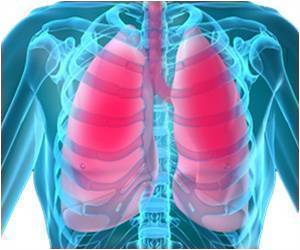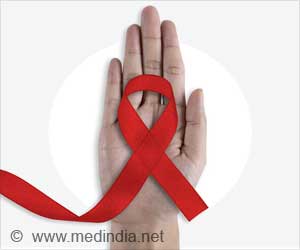At first, most of the women acted surprised. Some insisted the blood tests were wrong.

The women were among 127 former VOICE participants who, as part of a behavioral sub-study called VOICE D, agreed to take part in in-depth interviews and/or focus group discussions after learning the results of blood tests indicating their actual patterns of product use during the trial. The researchers hoped that sharing individual test results would elicit candid discussion about the challenges women experienced in using the products during VOICE, and help to understand the study's disparate results, which were initially reported in March 2013.
Although behavioral measures of adherence, including women's own reports, indicated that 90 percent of the 5,029 women in VOICE had followed the daily regimens, tests to detect drug in stored blood samples conducted at the end of the trial revealed that less than 30 percent had actually used their product regularly (either tenofovir tablets, tenofovir/emtricitabine tablets – also known as Truvada® - or tenofovir vaginal gel).
Findings of VOICE D, which were presented at the HIV Research for Prevention (HIV R4P) meeting in Cape Town today, shed new and important light about women's use and nonuse of products in HIV prevention trials. Both VOICE and the VOICE-D sub-study were conducted by the U.S. National Institutes of Health-funded Microbicide Trials Network (MTN).
"We wanted women to open up, to feel comfortable and to talk candidly about their experience participating in VOICE. We hoped that providing women with their individual drug levels would be an impetus for them to be more forthcoming and frank. This is exactly what happened," explained Ariane van der Straten, Ph.D., M.P.H., of the RTI International/Women's Global Health Imperative (RTI/WGHI) program in San Francisco, who led VOICE D and was the lead behavioral scientist on VOICE.
Dr. van der Straten described one woman who said she didn't use the vaginal gel because it leaked and she feared it would do harm to her uterus. She also admitted giving some to a friend who was a sex worker and pouring unused gel into the toilet. Another woman who had been assigned to one of the oral tablet groups said, among other things, that she was told by friends and family that taking the tablets would make her sick or give her HIV. This same woman insisted her blood tests were wrong, because she purposively took the pills prior to coming for her study visits so the drug would show up in her blood test.
Advertisements
VOICE D was conducted at a third of the 15 VOICE sites in South Africa, Uganda and Zimbabwe and was designed to explore the contextual and trial-specific issues affecting actual and reported product use and sexual behaviors during women's participation in VOICE. Stage 2 of VOICE D, which was implemented in response to VOICE final results, involved former VOICE participants who had been assigned to one of the active arms and then preselected based on drug levels: low (women whose tests detected no drug); inconsistent (those whose drug levels varied) and high (women who had drug detected in 75 to 100 percent of their blood samples). The cohort also included 13 women who had acquired HIV during VOICE.
Advertisements
The reaction of women in the low adherence group was mostly surprise (41 percent) and disbelief (37 percent). Only 10 percent initially accepted their results; some remained in disagreement while others came to accept them. Among women in the high adherence group, 65 percent expressed happiness.
To help understand the reasons for not using the products, researchers asked the participant to select among and rank order 20 theme cards (e.g., I was too busy to take the products every day; I had to hide when taking my products). Fears about the products and their side effects were the most common themes among low adherers and were fueled by peer participants, relatives and community members' negative attitudes about the products.
In total, seven presentations on different aspects of VOICE D are being reported at the R4P meeting, including three oral presentations today on Stage 2 results and two oral presentations yesterday on Stage 1 results.
Stage 1 of VOICE D involved 88 women who took part in individual one-time in-depth interviews after exiting VOICE, most of whom were interviewed before the trial's results were publicly reported and shared with participants and communities. Stage 1 was designed in part to better understand women's perceptions and understanding of various risk behaviors, including anal sex. Yesterday, Zoe Duby, MPhil, from the Desmond Tutu HIV Centre, University of Cape Town, presented findings indicating there was widespread misunderstanding and misinterpretation by participants of questions being asked of them about anal sex.
Source-Eurekalert














